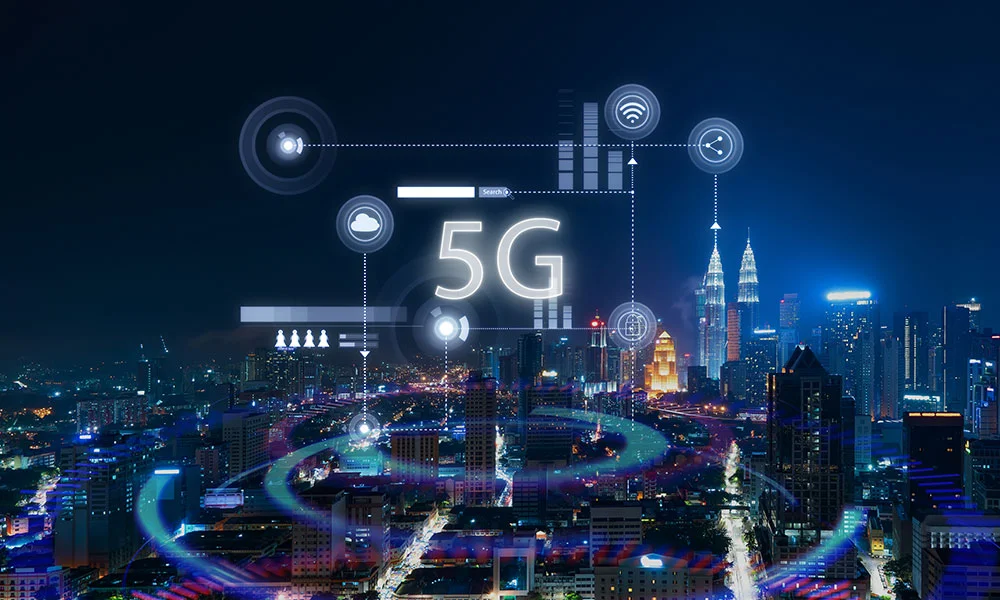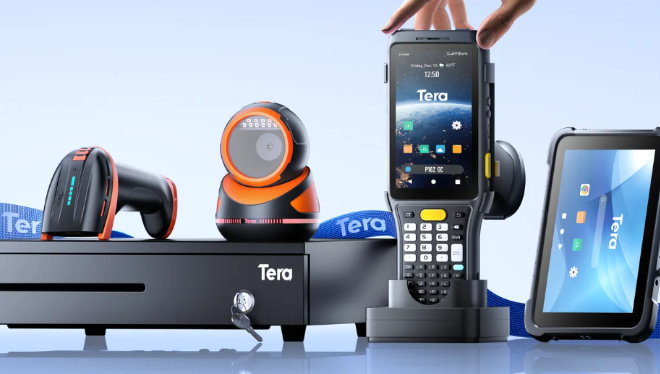5G and Beyond: The Next Generation of Connectivity
The introduction of 5G technology marks a crucial advancement in global connectivity. It offers significantly higher speeds and reduced latency, fundamentally altering communication dynamics. This shift not only enhances daily interactions but also supports the development of smart cities and innovative healthcare solutions. As industries adapt to these changes, questions arise about the future of connectivity. What will the implications be for the next generation, beyond 5G?
The Rise of 5G: What It Means for Our Daily Lives
How will the advent of 5G technology transform daily life? The introduction of 5G promises significant enhancements in daily convenience, allowing for instantaneous data transfer and seamless connectivity.
This new technology supports a higher density of devices, reducing latency and enabling real-time interactions. The entertainment evolution will be particularly pronounced; consumers can expect high-definition streaming, immersive virtual reality experiences, and interactive gaming without buffering delays.
Furthermore, 5G facilitates smart home devices to operate efficiently, enhancing users’ control over their environments. As a result, individuals will experience unprecedented freedom in accessing information and entertainment, optimizing their daily routines.
The implications of 5G will extend beyond mere convenience, fostering innovation and elevating the overall quality of life in an increasingly connected world.
See also: Best Mobile Apps of 2025: Reviews & Features You Need to Know
Enhanced Connectivity for Smart Cities
As urban populations continue to grow, the implementation of 5G technology is set to revolutionize smart cities by providing enhanced connectivity that underpins a wide array of services and infrastructure.
This technology facilitates the development of smart infrastructure, enabling real-time data exchange among devices, systems, and citizens.
The integration of 5G enhances urban mobility by supporting intelligent transportation systems, which optimize traffic flow and reduce congestion through data-driven solutions.
Moreover, it fosters the deployment of IoT devices that monitor environmental conditions, energy usage, and public safety.
The increased bandwidth and lower latency of 5G allow for seamless communication, empowering city planners and residents alike to create more efficient, sustainable, and responsive urban environments that cater to the needs of a dynamic populace.
The Role of 5G in Advancing Healthcare Technology
While the integration of 5G technology into healthcare systems presents significant advancements, it is essential to analyze its multifaceted impact on patient care, medical research, and operational efficiency.
The ultra-reliable low-latency connectivity of 5G enables seamless remote monitoring, allowing healthcare providers to track patient vitals in real-time, thus enhancing proactive care.
Furthermore, telemedicine advancements facilitated by 5G empower specialists to conduct high-definition consultations from remote locations, bridging geographical gaps and democratizing access to healthcare.
This rapid data transmission capability also accelerates medical research by enabling large-scale data collection and analysis, fostering innovative treatments.
Ultimately, 5G technology not only transforms individual patient experiences but also streamlines healthcare operations, promoting a more efficient and responsive healthcare ecosystem.
Transforming Industries: 5G’s Impact on Business
With the advent of 5G technology, industries are poised for a transformative shift that enhances operational capabilities and drives innovation.
The increased speed and reduced latency of 5G enable a plethora of 5G applications that facilitate real-time data processing and connectivity. This advancement allows businesses to leverage IoT devices, streamline supply chains, and improve customer experiences through enhanced mobile applications.
Business transformation is evident as sectors such as manufacturing, logistics, and retail adopt 5G for automation and efficiency. Additionally, the potential for remote work and collaboration is significantly enhanced, providing organizations with the agility to adapt to evolving market demands.
Ultimately, 5G serves as a catalyst for industries to innovate and redefine their operational frameworks.
Preparing for 6G: What Lies Ahead
Although 5G is still being deployed globally, the groundwork for 6G technology is already being laid, signaling a new era of connectivity that promises to surpass its predecessor in performance and capabilities.
Key 6G advancements focus on enhancing spectral efficiency, enabling higher data rates and reduced latency. Future applications are anticipated to include immersive augmented reality, advanced IoT integration, and smart cities, all relying on robust network infrastructure.
Global collaboration among researchers, industry leaders, and governments is essential for developing the standards and protocols that will underpin 6G.
Additionally, the integration of quantum communication technologies may redefine security and data transmission, ensuring that the next generation of connectivity not only connects but empowers users with unprecedented freedom and innovation.
The Challenges of Implementing Next-Gen Networks
As the deployment of next-generation networks approaches, significant challenges emerge that could hinder the transition from 5G to 6G and beyond.
Key factors include the need for robust network infrastructure capable of supporting increased data demands and advanced applications.
Spectrum allocation presents another hurdle, as competition for limited frequencies intensifies.
Furthermore, cybersecurity challenges must be addressed, as evolving technologies attract more sophisticated threats.
Regulatory hurdles complicate network rollout, often stalling progress.
Device compatibility issues can fragment the user experience across varied platforms.
Cost implications for both providers and consumers could impede widespread adoption.
Finally, public perception regarding privacy and environmental impact may influence acceptance, necessitating transparency and proactive communication from stakeholders to foster trust and support.
Frequently Asked Questions
Will 5G Coverage Be Available in Rural Areas?
The question of 5G coverage in rural areas revolves around rural connectivity and the ongoing 5G expansion efforts. Despite challenges such as infrastructure costs, advancements indicate potential for improved access to high-speed internet in these regions.
How Does 5G Affect Battery Life on Devices?
The impact of 5G on battery life is significant, as increased data speeds lead to higher battery consumption. Consequently, device performance may decline, necessitating energy-efficient designs to optimize longevity without compromising user experience.
What Are the Health Concerns Related to 5G Technology?
Concerns regarding 5G technology primarily focus on potential health risks associated with increased radiation exposure. Scientific studies continue to investigate the long-term effects of such exposure, raising questions about safety standards and public health implications.
How Can Consumers Benefit From 5G Advancements?
Consumers can benefit from 5G advancements through the development of smart cities, which enhance urban living. Additionally, enhanced gaming experiences become possible, allowing for real-time interactions and immersive environments that provide greater freedom in digital entertainment.
What Is the Timeline for Widespread 6G Implementation?
The 6G development timeline anticipates initial implementations by 2030, with potential applications including enhanced AI integration, holographic communications, and advanced IoT systems, promising substantial advancements in connectivity and user experience across various sectors.






